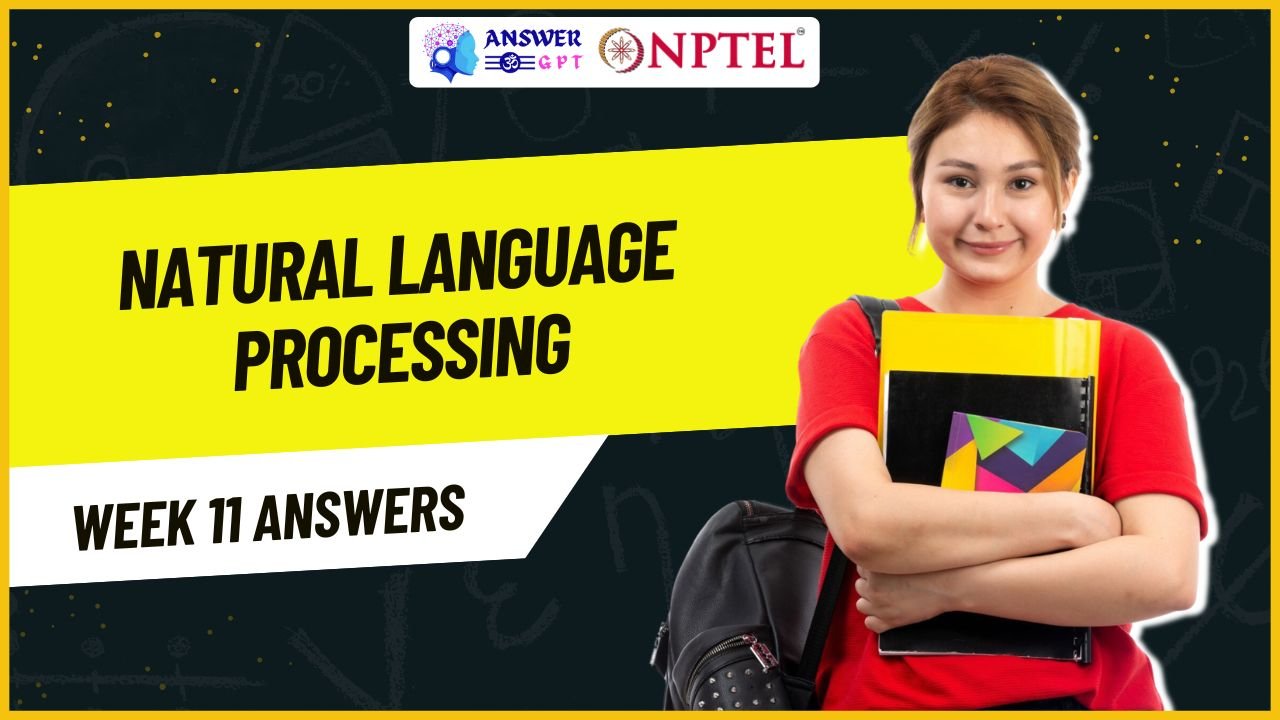Introduction To Internet Of Things Week 11 NPTEL Assignment Answers 2025
NPTEL Introduction To Internet Of Things Week 11 Assignment Answers 2024
1. What are some of the other names of the smart grids?
a. Electricity with a brain
b. Energybar
c. Electrolyte
d. All of these
Answer: a
Explanation: Smart grids are often called “electricity with a brain” because they use digital communication and automation to improve reliability, efficiency, and sustainability.
2. Traditional Grid follows which type of flow of energy?
a. Unidirectional
b. Bidirectional
c. Both a and b
d. None of these
Answer: a
Explanation: Traditional grids only allow electricity to flow in one direction — from the power plant to the consumer.
3. Which of the following is a benefit associated with smart grids?
a. Efficient transmission of electricity
b. Lower electricity rates
c. Improved security
d. All of these
Answer: d
Explanation: Smart grids improve power transmission, security, and cost-efficiency, making all options valid benefits.
4. Which of the following is a way of consumer engagement?
a. Net metering
b. Time-of-Use pricing
c. Financial incentives
d. All of these
Answer: d
Explanation: Smart grids encourage consumer participation through mechanisms like net metering, TOU pricing, and financial incentives.
5. Fill in the blank.
In _______________, a home can have power from distributed resources.**
a. Peaking
b. Islanding
c. Neither a nor b
d. Both a and b
Answer: b
Explanation: Islanding allows a part of the grid (like a home) to operate independently using distributed energy resources during a power outage.
6. Which of the following aggregates energy consumption of a certain geographical area?
a. Data Aggregator Units
b. Meter Data Management System
c. Buffer
d. None of these
Answer: a
Explanation: Data Aggregator Units (DAUs) gather data from smart meters in a region and forward it for analysis.
7. Which of the following statements are true about Dynamic System Attacks?
Statement I: Replay attacks compromise sensors and monitor their outputs.
Statement II: D-DIA can lead to a system collapse.
Statement III: Covert attack is a closed-loop version of replay attacks.
a. Statements I and II
b. Statements I and III
c. Statements II and III
d. Statement I, II and III
Answer: d
Explanation: All statements are true. Dynamic attacks like replay and covert attacks can severely impact grid systems.
8. Fill in the blank.
_________________ is a centralized coordinator for smart grid communication.**
a. Gateway
b. Meter
c. AMH
d. MDMS
Answer: d
Explanation: The Meter Data Management System (MDMS) collects, stores, and analyzes data from smart meters.
9. Fill in the blank.
_________________ are available protocols for smart home appliances.**
a. C-Bus
b. DECT
c. EnOcean
d. All of these
Answer: d
Explanation: All listed protocols are used for communication between smart home devices and appliances.
10. Fill in the blank.
_________________ is the time required to transmit the data.**
a. Scalability
b. Topology
c. Throughput
d. Latency
Answer: d
Explanation: Latency refers to the delay between sending and receiving data.
11. IIoT is based on Wrap & Replace approach.
a. True
b. False
Answer: b
Explanation: IIoT (Industrial IoT) typically uses a Wrap & Reuse approach to integrate legacy systems, not replace them.
12. Which of the following happened in the 3rd Revolution?
a. Mass production
b. IoT
c. Mechanized production
d. None of these
Answer: a
Explanation: The third industrial revolution was marked by automation and mass production, enabled by electronics and IT.
13. Which of the following is used to improve the interoperability of different systems?
a. Standardization
b. Optimization
c. Monitoring
d. None of these
Answer: a
Explanation: Standardization ensures different systems and devices can work together seamlessly.
14. Big data is characterized by 7 Vs.
a. True
b. False
Answer: a
Explanation: Big Data is defined by 7 characteristics: Volume, Variety, Velocity, Veracity, Value, Variability, and Visualization.
15. What is Hadoop used in?
a. Distributed processing of large datasets
b. Small clusters of computers
c. Both a and b
d. None of these
Answer: a
Explanation: Hadoop is a framework for processing large datasets in a distributed computing environment.

![[Week 1-12] NPTEL Introduction To Internet Of Things Assignment Answers 2025](https://answergpt.in/wp-content/uploads/2025/01/Introduction-To-Internet-Of-Things-2025.jpg)

![[Week 1-12] NPTEL Introduction To Internet Of Things Assignment Answers 2024](https://answergpt.in/wp-content/uploads/2024/01/Introduction-To-Internet-Of-Things-scaled.jpg)


